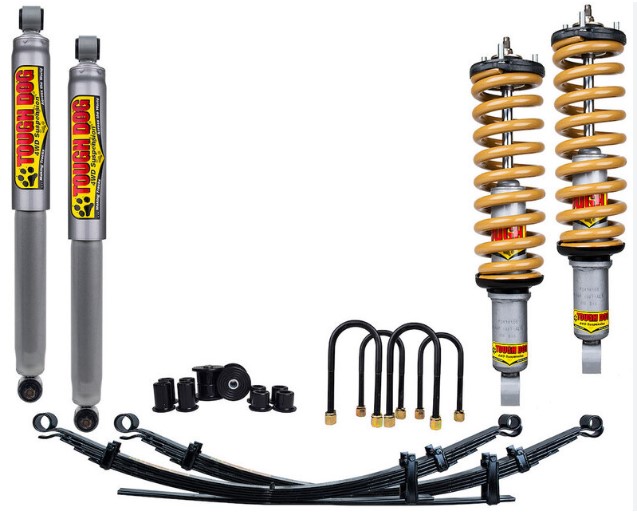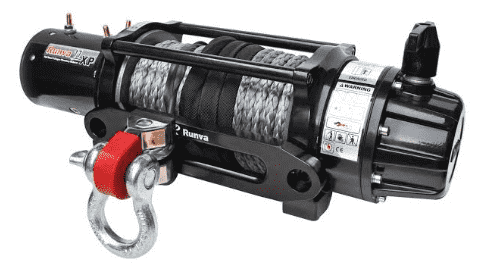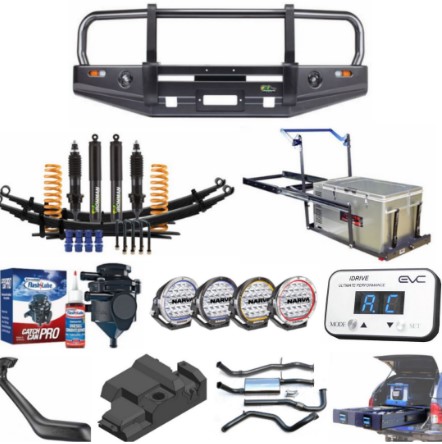What is a GVM Upgrade?

Gross Vehicle Mass (GVM) refers to the maximum allowable weight for your vehicle, including passengers, cargo, and any accessories. A GVM upgrade is a legal modification that increases this weight limit. This is achieved through a professional suspension upgrade that’s been rigorously tested and engineered to ensure safety.
Why Consider a GVM Upgrade?
Several factors can make a GVM upgrade beneficial:
- Increased Payload Capacity: Many 4WDs come with limited payload capacity from the factory. Adding accessories like bull bars, winches, roof racks, and spare tyres can quickly push you over this limit. A GVM upgrade allows you to carry more gear legally and safely.
- Improved Handling and Stability: Upgrading your suspension to handle a heavier load improves your vehicle’s handling and stability, especially when towing trailers, caravans, or boats.
- Enhanced Safety: Exceeding the GVM limit compromises safety. Upgrading ensures your vehicle can handle the additional weight without compromising braking performance or putting undue stress on the chassis.
Signs You Might Need a GVM Upgrade:
- You plan to add aftermarket accessories that increase the vehicle’s weight.
- You intend to tow a trailer, caravan, or boat.
- You frequently carry heavy loads of cargo or passengers.
What Happens if I Exceed My GVM?
Operating a vehicle beyond its GVM limit can have serious consequences:
- Safety Risks: An overloaded vehicle is more prone to accidents due to compromised handling and braking.
- Legal Issues: Exceeding the GVM can lead to fines, vehicle impoundment, and even voided insurance policies.
- Commercial Liability: For businesses, exceeding GVM can lead to legal issues regarding occupational health and safety regulations.
What’s Involved in a GVM Upgrade?
GVM upgrades are complex and require professional expertise. Several factors are considered when designing an upgrade:
- Existing vehicle modifications
- Intended use of the vehicle and maximum load capacity
- Capacity of current tyres, wheels, and brakes
- Your budget
We will assess your needs and recommend a GVM upgrade package that includes:
- Upgraded suspension components like springs and shock absorbers
- Potential brake system upgrade
- Upgrades to your vehicle transmission cooling system may need to be considered as well

Will a GVM Upgrade Affect My Warranty?
In most cases, a GVM upgrade won’t impact your vehicle’s warranty. However, it’s always best to confirm this with the manufacturer beforehand.
Benefits of a GVM Upgrade:
- Increased payload capacity for all your gear
- Improved handling and stability for a safer driving experience
- Enhanced reliability with a suspension designed for heavier loads
If you plan to modify your 4WD or intend to carry heavier loads, consider a GVM upgrade. Contact us to discuss your needs and ensure your vehicle is safe and legal for your adventures. Don’t risk exceeding your GVM: prioritise safety and enjoy the peace of mind that comes with a properly upgraded vehicle.





